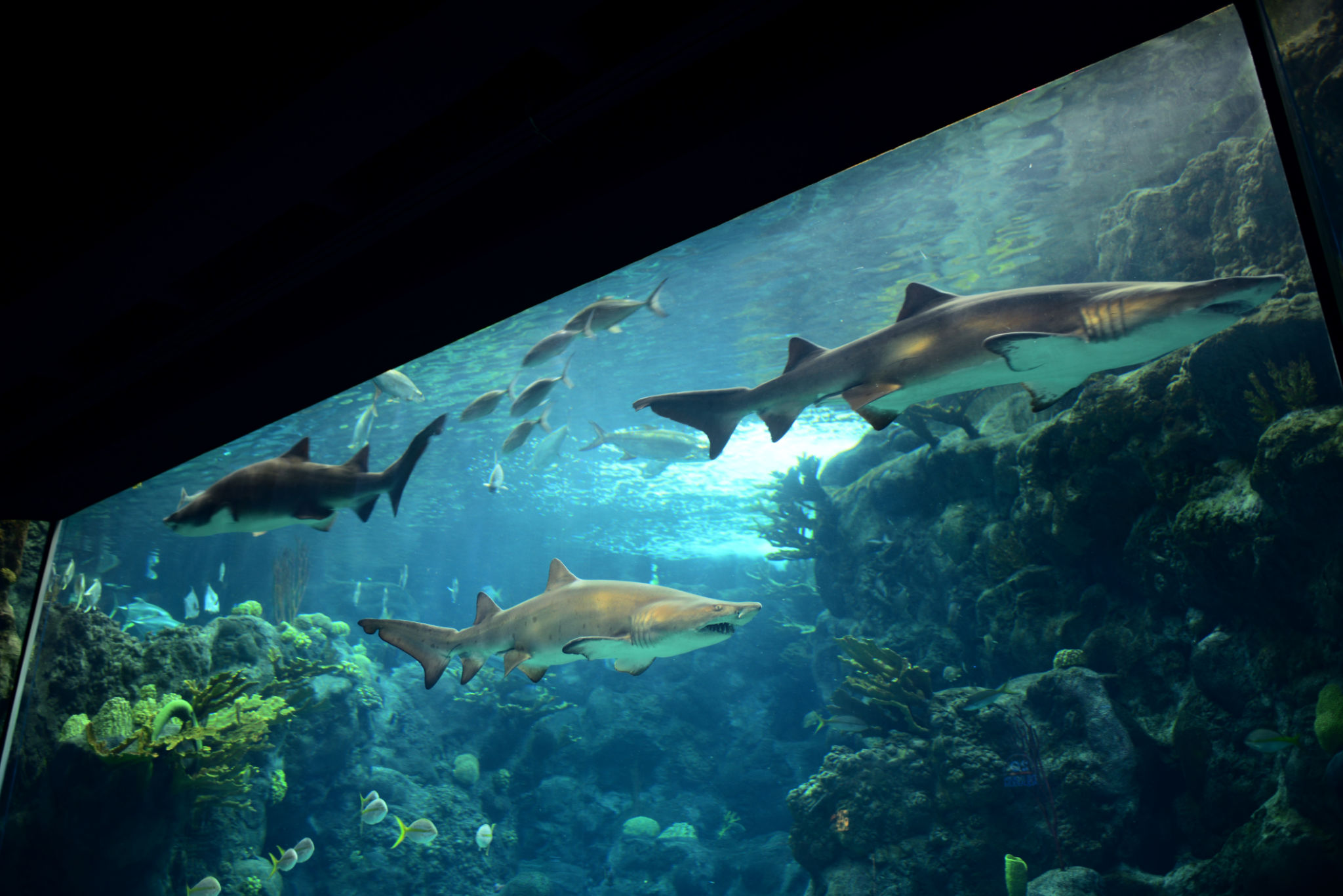Local Insights: Weather and Environmental Factors Affecting Tampa Bay Diving
Understanding Tampa Bay's Unique Diving Environment
Tampa Bay offers a unique diving experience, rich with marine life and diverse underwater landscapes. However, divers must be aware of the weather and environmental factors that can significantly impact their adventures beneath the waves. Understanding these elements is crucial for ensuring both safety and optimal enjoyment of the area's underwater treasures.

Weather Patterns and Their Impact on Diving
The region's weather can be unpredictable, with conditions changing rapidly. Tampa Bay experiences a subtropical climate, characterized by hot, humid summers and mild winters. During the summer months, divers should be prepared for afternoon thunderstorms, which can bring strong winds and heavy rain. These storms can reduce visibility and increase water turbulence, making diving more challenging.
Winter brings cooler temperatures but generally more stable weather conditions. This season is often preferred by divers seeking clearer waters and less crowded dive sites. However, it's important to note that cold fronts can still bring sudden changes in weather, affecting dive plans.
The Influence of Tides and Currents
Tides and currents are significant factors that affect diving conditions in Tampa Bay. The bay experiences a semi-diurnal tide cycle, meaning there are two high tides and two low tides each day. The strength and direction of currents can vary depending on the tide state, impacting visibility and diver safety.
It's essential for divers to check tide charts before planning their dives. High tides often bring better visibility as they carry clearer ocean water into the bay. Conversely, low tides can stir up sediment, reducing visibility and potentially making navigation more difficult.

Water Temperature Variations
Water temperature is another critical factor influencing the diving experience in Florida. During the summer, water temperatures range from 82°F to 86°F (28°C to 30°C), providing comfortable conditions for divers. In contrast, winter temperatures can drop to between 60°F and 70°F (16°C to 21°C), requiring thicker wetsuits or drysuits to maintain warmth.
Understanding these temperature variations helps divers choose appropriate gear and plan their dive times accordingly. Early morning dives during winter might require additional layers, while summer afternoon dives are perfect for lighter gear.
Marine Life and Ecosystem Considerations
Florida is home to a vibrant marine ecosystem, with diverse species of fish, coral reefs, and other marine life. Seasonal changes in water temperature and weather can influence the presence and behavior of these species. For example, manatees are more commonly seen in the bay during the colder months as they seek warmer waters.
Divers should be mindful of these seasonal patterns when planning their dives to maximize wildlife encounters and contribute to conservation efforts by respecting marine habitats.

Tips for Safe and Enjoyable Diving
- Check weather forecasts regularly and be prepared for sudden changes.
- Consult tide charts to determine the best dive times for optimal visibility.
- Choose appropriate gear based on water temperature variations throughout the year.
- Respect marine life and follow conservation guidelines to protect Tampa Bay's underwater ecosystem.
By staying informed about these local insights, divers can enhance their diving experiences while ensuring safety and promoting environmental stewardship.
